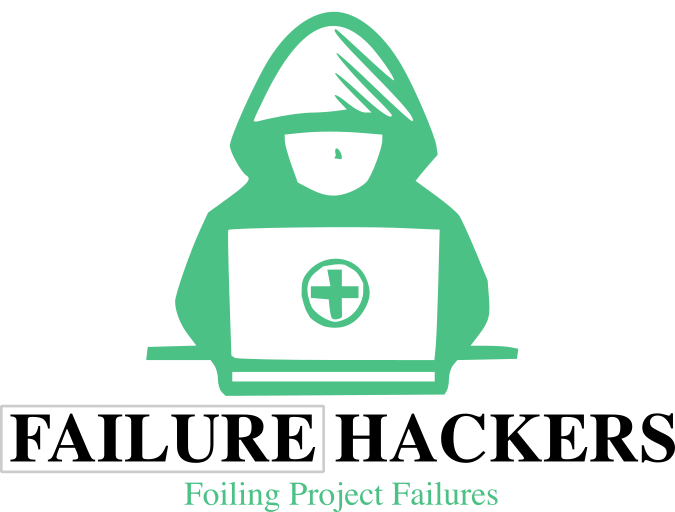Drive Effective Discovery Work
In an era characterised by rapid changes and fierce competition, organisations must stay agile and focused. The ability to set clear objectives and understand the challenges faced is essential for sustainable growth. One effective approach to enhance strategic focus involves combining quarterly Objectives and Key Results (OKRs) with insightful problem statements. This synergy not only streamlines discovery work but also ensures that teams remain aligned with overarching goals.
Understanding Objectives and Key Results (OKRs)
Before delving into the benefits of pairing OKRs with problem statements, it’s essential to understand what OKRs are. Introduced by Intel and popularised by Google, OKRs are a goal-setting framework used to define objectives (the ‘What’) and track the outcomes or key results (the ‘How’).
Objectives are qualitative, ambitious, and inspirational goals that provide direction. They answer the fundamental question: “What do we want to accomplish?”
Key Results, on the other hand, are quantifiable metrics that measure progress toward achieving those objectives. They must be specific, measurable, achievable, relevant, and time-bound (SMART). Together, objectives and key results create a roadmap that helps teams align their efforts towards shared goals.
The Role of Problem Statements in Discovery Work
Problem statements articulate the challenges an organisation aims to address. They help to identify pain points and clarify what needs to be solved. A well-crafted problem statement outlines the issue, its significance, and who it affects, guiding teams to focus their discovery efforts.
For example, if an objective is to improve customer satisfaction, a corresponding problem statement might highlight issues such as “Customers frequently report dissatisfaction due to long response times in customer service.” This sets a clear context for discovering viable solutions.
Why Pair OKRs with Problem Statements?
- Clarity of Purpose: By pairing each quarterly OKR with a related problem statement, teams gain a clearer understanding of their objectives. They’re not just working towards an abstract goal; they know precisely what challenge they are addressing.
- Enhanced Focus: Problem statements help in filtering out distractions during the discovery phase. Instead of exploring vague ideas, teams can concentrate on viable solutions that directly impact the stated problem. This leads to more effective use of resources and time.
- Improved Collaboration: When teams have a shared understanding of both objectives and the associated problems, collaboration becomes seamless. Each member can contribute their expertise towards solving a common challenge, fostering a collaborative culture.
- Data-Driven Solutions: Problem statements often lead teams to gather relevant data that aligns with the issues at hand. This data informs the key results and helps monitor progress, ensuring that the desired outcomes are being tracked meaningfully.
- Adaptability and Learning: As teams reflect on their discovery work concerning problem statements and OKRs, they become more adaptable. They learn about what works and what doesn’t, leading to continuous improvement in their processes.
Crafting Effective OKRs and Problem Statements
To optimise the pairing of OKRs with problem statements, follow these guidelines:
1. Define Clear Objectives
Start with defining your objectives. Ensure that they are:
- Ambitious: Encourage teams to think outside the box and aim high.
- Inspiring: Select objectives that resonate emotionally with your team.
- Relevant: Align your objectives with the broader strategy and mission of the organisation.
Example Objective: “Enhance customer engagement through innovative digital marketing strategies.”
2. Develop Specific Key Results
Once objectives have been established, identify 2-5 key results that will measure the success of each objective. These should be:
- Quantitative: Use numbers to make results concrete.
- Time-Bound: Specify a timeframe for achievement.
- Impactful: Focus on results that indicate real progress towards the objective.
Example Key Results:
- Increase website traffic by 30% within Q2.
- Grow email newsletter subscriptions by 20% by the end of Q2.
- Achieve a social media engagement rate of 15% by the end of Q2.
3. Formulate Problem Statements
Craft problem statements that are concise yet comprehensive. They should include:
- The Problem: What is the exact issue encountered?
- The Impact: Who is affected, and how does this problem hinder success?
- The Urgency: Why does this problem need to be addressed now?
Example Problem Statement: “Our current digital marketing strategy lacks coherence, resulting in a 25% drop in engagement over the last quarter, negatively impacting customer retention and brand loyalty.”
4. Align OKRs with Problem Statements
With clear objectives and problem statements established, ensure that the key results are directly addressing the issues outlined. This creates a direct link between what the team aims to achieve and what problems they are solving.
Alignment Example:
- Objective: “Enhance customer engagement through innovative digital marketing strategies.”
- Problem Statement: “Our current digital marketing strategy lacks coherence, resulting in a 25% drop in engagement…”
- Key Result: “Increase social media engagement rate from 10% to 15%.”
5. Regularly Review and Adjust
Implement a regular review process for both OKRs and problem statements. This will allow teams to assess their progress and pivot if necessary. After each quarter, hold a retrospective to evaluate the outcomes of your OKRs, discuss any new problems that may have arisen, and refine both your objectives and problem statements accordingly.
Practical Steps for Implementation
To implement this approach effectively in your organisation, consider the following actionable steps:
- Kick-off Session: Begin each quarter with a kick-off session where teams collaboratively define their objectives and articulate associated problem statements.
- Dedicated Discovery Time: Allocate specific time blocks for discovery work focused on solving the problems linked to the OKRs. Encourage creativity and innovation during these sessions.
- Cross-Functional Collaboration: Foster collaboration across teams. Encourage diverse groups, including marketing, product development, and customer service, to share insights and problem-solving perspectives.
- Utilise Tools and Technology: Leverage project management tools that support OKR tracking and provide visualisation of problem statements, assisting teams in keeping their focus sharp.
- Celebrate Achievements: At the end of each quarter, celebrate the achievements related to OKRs and outcomes from solving problem statements. This builds morale and reinforces the importance of strategic focus.
Conclusion
Enhancing strategic focus by pairing quarterly Objectives and Key Results with problem statements can significantly improve an organisation’s effectiveness in discovery work. This structured approach fosters clarity, enhances collaboration, and promotes a data-driven mindset among teams.
By adopting this methodology, organisations can navigate complexities with greater agility and achieve meaningful impact, ultimately driving success in a competitive landscape. Start today by defining your objectives, crafting insightful problem statements, and aligning your efforts for a productive journey into the next quarter. Remember, the key to successful discovery work lies in understanding not just what you want to achieve, but also the problems that need solving along the way.

